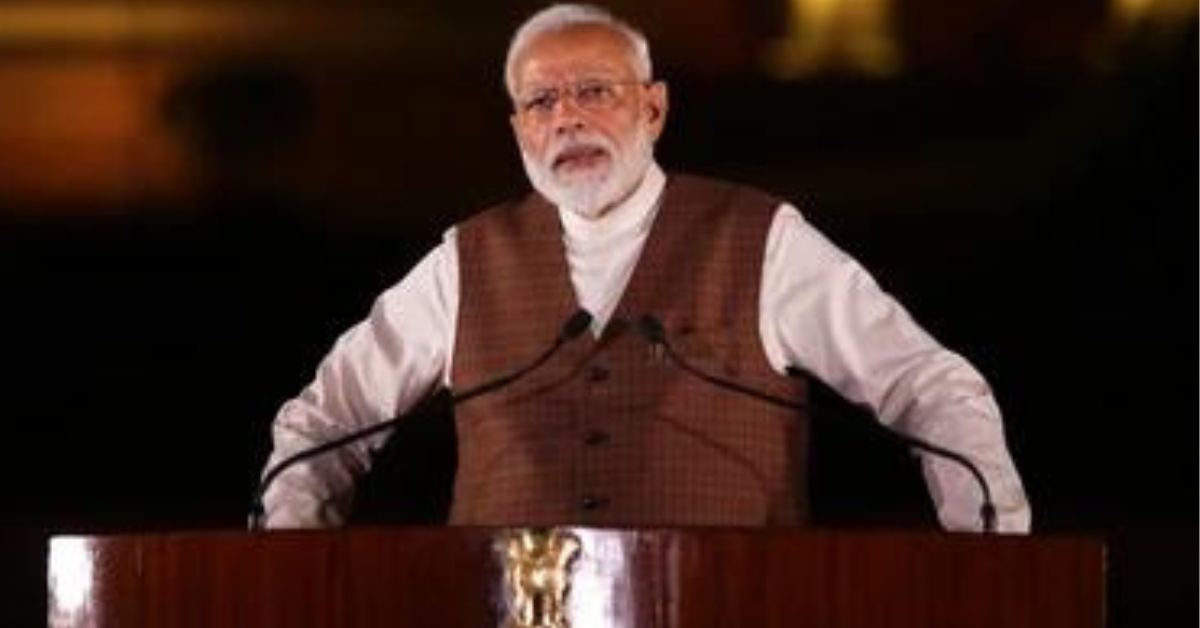Sabarimala: pilgrimage, practice and present-day significance for India
Perched on a forested hill in Kerala’s Pathanamthitta district, Sabarimala Sree Dharma Sastha Temple—devoted to Lord Ayyappa—remains one of India’s largest and most closely watched pilgrimage centres. Every year millions of devotees take the austere “vratham” (41-day vow) and make the trek to Sabarimala during the Mandala-Makaravilakku season. The shrine’s deep ritual traditions, seasonal opening pattern, recent administrative changes and recurring legal and social debates make Sabarimala a site where religion, law, public policy and local economy intersect.
What Sabarimala is — the basics
- Deity and location: The temple is dedicated to Dharma Shasta (Ayyappa) and is located in Sabarimala, Ranni-Perunad taluk, Pathanamthitta district, Kerala. It sits amid 18 hills inside the Periyar Tiger Reser
- Seasonal openings: The shrine opens to pilgrims for specific periods — most prominently the Mandala season (mid-November to mid-December) and the Makaravilakku / Makara Sankranti festival (around 14 January) — and for certain other days of each Malayalam month. These restricted openings are central to how the temple functions.
- Scale: Sabarimala routinely draws millions of devotees annually; estimates often put yearly footfall in the multiple millions during peak seasons, making it one of the larger single-site pilgrimages in India.
Recent administrative / operational upda
- Women’s entry controversy and court cases: In 2018 the Supreme Court ruled that women of all ages could enter Sabarimala, overturning the traditional practice that restricted entry for women aged approximately 10–50. The 2018 majority judgment and subsequent litigation set off a nationwide debate, large-scale protests by devotees, and further hearings; the matter has since been the subject of ongoing legal and political attention. Lower courts and administrative authorities have, at times, had to balance the court process with on-ground law-and-order concerns. (See the longform legal history and the 2018 judgment and subsequent proceedings.
- Public order and protests: The 2018 verdict and its aftermath included significant protests and instances of confrontation at Nilakkal and Pamba; those events demonstrated how religious sentiment and public order concerns can collide at Sabarimala and similar pilgrimage sites. Authorities now routinely plan large security, crowd-management and stakeholder coordination measures during the festival season.
Why Sabarimala matters beyond ritual
- Religious and cultural significance: Lord Ayyappa’s worship—emphasising austerity, equality before the deity (irrespective of caste) and the 41-day vratham—has broad resonance across South India. The pilgrimage is both a private vow and a massive public event that transmits ritual values across generations.
- Local economy & livelihoods: Pilgrimage seasons support transport operators, small hotels, shops, food vendors and a large informal economy around Pamba, Erumeli and Nilakkal. Seasonal employment and vendor incomes are directly tied to how the temple opens and how many pilgrims arrive
- Public policy & administration testbed: Managing millions of pilgrims on narrow forest roads, protecting the environment in and around a tiger reserve, ensuring food and water safety and coordinating security make Sabarimala a complex administrative task that tests state governance capabilities — from sanitation and crowd control to health surveillance. Recent High Court directions on food-safety monitoring underline that point.
Practical information for pilgrims (evergreen & 2025-season notes)
- Registration and booking: Use the official Travancore Devaswom Board / Sabarimala online portals for pilgrim registration and virtual-queue details; unverified third-party sellers are best
- Health & safety: During peak periods, carry basic medicines, drink bottled or boiled water, and follow TDB and police instructions about queues, sanitation and permitted routes. Food kiosks should be checked for licensing and hygiene; the TDB and courts have emphasised vigilance in food safety.
What to watch next
- Mandala-Makaravilakku season execution (2025–26): How authorities implement virtual-queue management, food-safety checks and crowd control during the 2025 Mandala season will be a practical test of the TDB’s new operational measures. Reports from the opening weeks will indicate whether planned measures reduce congestion and health incidents.
- Legal developments: The legal questions around customs and access at Sabarimala have been litigated at the highest level; any major court decisions, review petitions or bench rulings would again shape pilgrimage practice and administration. (Follow official court records and reputable news outlets for updates.)
Bottom line
Sabarimala is more than a temple: it is a large living system where belief, ritual practice, local economies, environmental protection and public administration meet. For pilgrims it is a site of intense personal devotion; for Kerala and the nation, it remains a place that continuously tests the balance between tradition, law and the practical demands of managing mass pilgrimage. As the Mandala-Makaravilakku season approaches each year—and with new administrative tools such as virtual booking—the way Sabarimala is managed will continue to be a bellwether for how India runs large religious events in the 21st century.
Selected sources & further reading: Sabarimala Temple (Wikipedia); Travancore Devaswom Board official portals; Kerala Tourism history of Sabarimala; Times of India reporting on 2025 virtual-queue booking; Kerala High Court / Times reporting on food-safety vigil.
If you’d like, I can:
- Produce a printable, SEO-ready version (meta title, meta description and image captions) for publication; or
- Create a traveller’s checklist (how to register, permitted routes, and what to carry) for devotees planning to visit this Mandala season. Which would you prefer?
Last Updated on: Saturday, November 1, 2025 7:10 pm by Sakethyadav | Published by: Sakethyadav on Saturday, November 1, 2025 7:10 pm | News Categories: India
About Us: The Statesman India covers the latest News on Current News, Business, Sports, Tech, Entertainment, Lifestyle, Automobiles, and more, led by Editor-in-Chief Ankur Srivastava. Stay connected on Facebook, Instagram, LinkedIn, X (formerly Twitter), Google News, and Whatsapp Channel.
Disclaimer: At The Statesman India, we are committed to providing accurate, reliable, and thoroughly verified information, sourced from trusted media outlets. For more details, please visit our About, Disclaimer, Terms & Conditions, and Privacy Policy. If you have any questions, feedback, or concerns, feel free to contact us through email.
Contact Us: newssites1234@gmail.com


